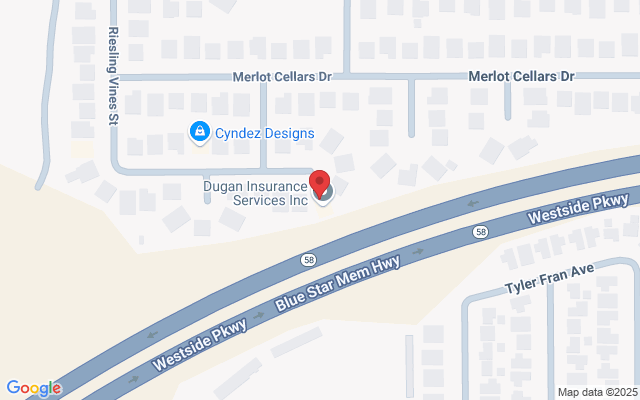
California Medigap Plan Benefits: What You Need to Know
If you’re on Original Medicare in California, you may already know it doesn’t cover everything. Hospital deductibles, doctor copays, coinsurance, and other costs can add up quickly. That’s where Medigap plans—also called Medicare Supplement Insurance—come in.
These plans help fill the gaps in your Medicare coverage so you can better predict and control your healthcare expenses. Here’s what you need to know about the benefits of Medigap plans in California, including some unique advantages for residents of the Golden State.
What Is a Medigap Plan?
Medigap is private health insurance that works alongside Original Medicare (Parts A & B). It helps pay for the out-of-pocket costs Medicare leaves behind, such as:
Part A deductible and coinsurance for hospital stays
Part B coinsurance or copayments for doctor visits
Skilled nursing facility care coinsurance
Excess charges if your doctor bills more than Medicare’s standard rate
Foreign travel emergency coverage (on certain plans)
You must be enrolled in both Medicare Part A and Part B to purchase a Medigap policy.
Key Benefits of Medigap Plans in California
1. Predictable Out-of-Pocket Costs
With Medigap, you pay a fixed monthly premium and the plan covers much (or all) of your remaining Medicare-approved costs. This makes it easier to budget for healthcare expenses and avoid surprise bills.
2. Nationwide Coverage
Unlike Medicare Advantage plans, which usually limit you to a network of doctors, Medigap works anywhere in the U.S. that accepts Medicare. That’s a big advantage if you travel frequently or want maximum flexibility in choosing providers.
3. Comprehensive Coverage Options
Medigap plans are standardized by the federal government, so benefits for each plan letter (like G, N, or F) are the same no matter which insurer you choose. Popular plans include:
Plan G: Covers nearly all Medicare costs except the Part B deductible
Plan F: Covers 100% of all Medicare-approved costs, but only available to those eligible before 2020
Plan N: A more affordable option with slightly more out-of-pocket costs
4. Foreign Travel Emergency Coverage
Several Medigap plans (like G, F, and N) offer limited coverage for medical emergencies while traveling outside the U.S.—something Original Medicare does not cover.
5. Skilled Nursing Facility Care
Medigap helps pay for skilled nursing facility coinsurance, which can be substantial if you require extended care after a hospital stay.
California’s Unique Birthday Rule
One of the biggest perks of living in California is the Medigap Birthday Rule.
What it is: Every year, starting on your birthday, you have 60 days to switch to another Medigap plan of equal or lesser benefits without being denied or charged more because of your health.
Why it matters: In most states, you may be denied or charged more for switching if you have pre-existing conditions. In California, you can shop for a better premium every year regardless of your health.
What Medigap Does Not Cover
While Medigap plans offer great benefits, it’s important to know what they don’t cover:
Prescription drugs (you’ll need a separate Part D plan for that)
Long-term care (like custodial nursing home care)
Routine dental, vision, or hearing care
When to Enroll
The best time to enroll is during your Medigap Open Enrollment Period, which lasts for six months starting the month you turn 65 and are enrolled in Part B. During this period, you can’t be denied coverage or charged more based on health.
Conclusion
Medigap plans in California offer peace of mind, predictable costs, and unique flexibility thanks to the state’s Birthday Rule. By understanding what these plans cover—and what they don’t—you can make an informed decision about which plan is right for your needs.
If you’re looking to reduce your out-of-pocket Medicare expenses and maintain freedom in choosing healthcare providers, a Medigap plan is worth considering. Take time to compare plans, shop around annually, and use California’s unique protections to your advantage.

